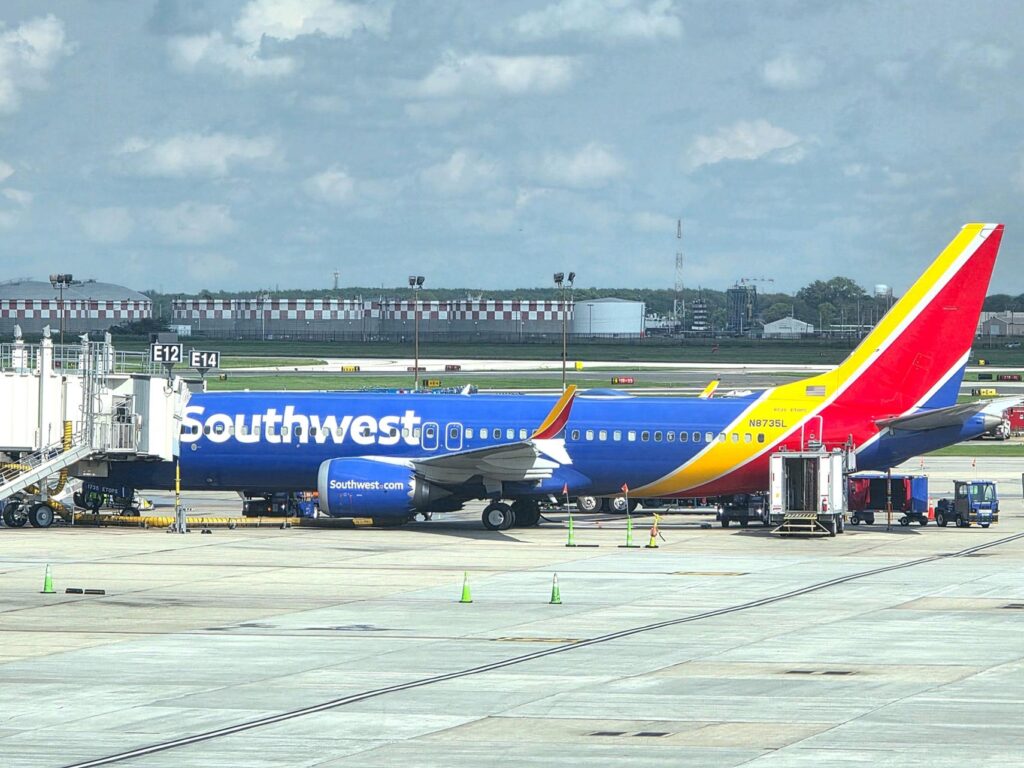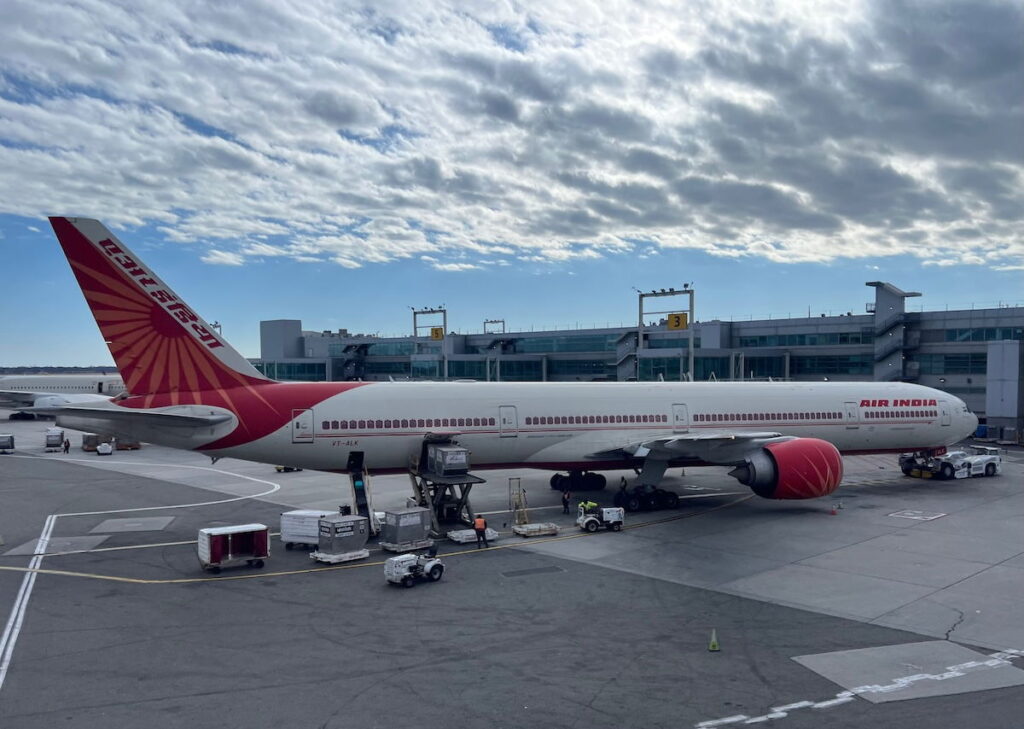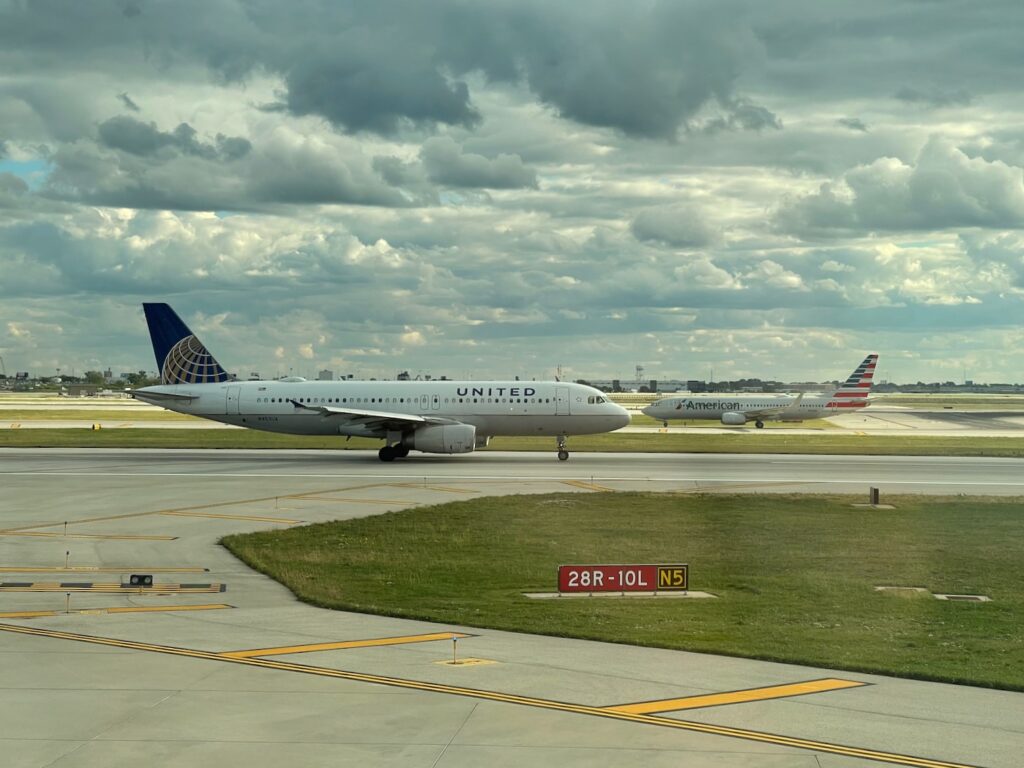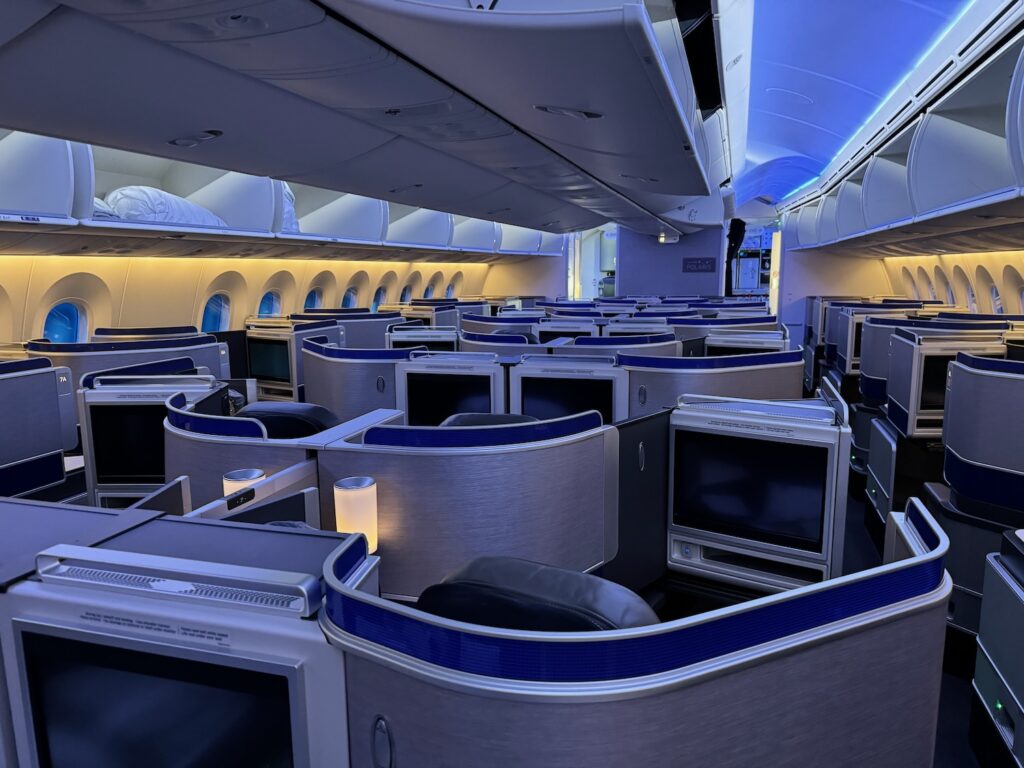
Unlocking ANA Miles for a Global Summer Odyssey
I’ve always been fascinated by how a single frequent flyer program can open up an entire planet’s worth of possibilities. That’s exactly what ANA‘s Round the World award does—offering an extraordinary opportunity to hop between multiple continents using a single mileage balance. Since we’re already in 2025, the final cut-off date of June 23 for new Round the World tickets is staring us in the face, so now’s the time to act. Below, I’ve outlined everything I’ve learned, read, and observed about securing one of these coveted itineraries. If you’re as eager as I am to see the globe in one grand sweep, each section below will help you chart a course toward your own unforgettable multi-stop journey.
1. Understand the Critical Deadlines

The clock is ticking faster than ever. ANA announced that after June 23, 2025, no new Round the World tickets will be issued, although any existing ones you manage to secure before then will remain valid until their natural expiration. I’ve observed that popular routes tend to sell out even earlier due to peak-season demand. For instance, travelers aiming for summer in Europe or the holiday season in Asia often find that business class seats vanish months in advance.
To avoid heartache, it’s crucial to call ANA well before the final cutoff to lock in your ticket. Be mindful that if you aim for high season, your miles requirement could jump by 50% for premium cabins. According to a 2024 industry report from Star Alliance, traveler demand for premium cabins has risen roughly 10% each year, so staking your claim early is now more important than ever.
I recommend setting reminders at least three to six months before your desired travel dates. This buffer ensures you have the best chance to secure seats and avoid last-minute scrambles. Remember, you’re going for a monumental trip—getting locked out would be a major disappointment.
2. Know ANA’s Distance-Based Chart

One of the unique perks of ANA’s Round the World award is its distance-based structure. Instead of paying per segment, you pay by the total mileage band you fall into. I’ve come across travelers who’ve flown as few as 125,000 miles in business class for an entire global odyssey, whereas others push up to 170,000 miles if their route meanders extensively. Using tools like Great Circle Mapper or FlightConnections can prevent any nasty surprises when you see the final mileage tally.
Earlier this year, a friend of mine crafted a route zigzagging between major Star Alliance hubs—Tokyo, Istanbul, New York, and Frankfurt—and she still came in under 140,000 miles. By carefully selecting her transoceanic flights, she saved thousands of dollars compared to booking piecemeal. A recent study suggests that travelers can save 40–50% off standard multi-city prices when planning an ANA Round the World itinerary carefully.
If your route somehow inches close to a higher band, consider adjusting one of your segments. Even trimming 100–200 miles from your path can sometimes keep you in a lower mileage bracket, translating into significant savings or the potential to book a more luxurious cabin class.
3. Plan Up to Eight Stopovers

The real magic of an ANA Round the World award is that you can incorporate up to eight stopovers, plus 12 flight segments. I’ve read about travelers who turned these stopovers into mini-adventures—like taking three days in Warsaw before heading to Seoul, or exploring the ancient sites of Istanbul en route to Chicago. The possibilities are virtually endless.
In my own trip planning experience, it’s not just about picking destinations; you want to pay attention to airline surcharges, too. Certain carriers like Lufthansa can come with heftier surcharges, while others, like United, tend to be more wallet-friendly. According to industry data, surcharges can add up to a few hundred dollars—even for awards—so consider this if you’re juggling multiple stops.
Additionally, always monitor visa requirements. You might find that having too many stops in certain regions complicates your planning. Researching these details early will save you from costly last-minute changes or, worse, being denied boarding for lack of documentation.
4. Maximize Your American Express Membership Rewards

One of the most direct ways to fuel your ANA mileage balance is by transferring American Express Membership Rewards. I find this route incredibly convenient. If you hold cards like the American Express Platinum, you can rack up points through everyday spending, and then funnel them straight into your ANA account.
Some people also transfer Marriott Bonvoy points, but generally, Membership Rewards transfer at a more favorable rate. If you’re still mapping out your card strategy, read the fine print on referral links and sign-up bonuses. I’ve noticed that these bonuses can change on a quarterly basis, and timing it right can net you an extra 20,000 to 40,000 Membership Rewards.
Given how quickly you can accrue these points, you might find yourself with enough mileage for your entire itinerary—plus a potential domestic or short-haul side trip. Across the blogosphere, experts often recommend topping off your ANA balance well before the final stages of booking, ensuring you can pounce on open seats the moment they appear.
5. Searching for Award Availability

No matter how many miles you’ve saved, it won’t matter if you can’t find the flights you want. Searching for award space on Star Alliance carriers typically starts with user-friendly engines like United.com or Aeroplan.com. I usually check both because availability can differ slightly, and each website might display different Star Alliance partners more prominently.
Always note the taxes, fees, and surcharges for each flight. Though business class seats on some carriers might seem attractive, the high surcharges could eat into your budget. According to 2023–2024 data from flight pricing charts, routes on certain European carriers can carry surcharges that range from $150 to $500 per long-haul leg in premium cabins.
Flexibility has always been my golden rule. If you’re willing to shift a day or two, you’re more likely to secure that perfect flight. Keep a quick list of backup flight numbers too, because when you finally call ANA to book, having alternatives on hand can make all the difference.
6. Book by Phone Before 2025

Booking an ANA Round the World award isn’t something you do on a whim—it’s a serious planning endeavor. Once you’ve mapped out your dream itinerary, you have to pick up the phone and call ANA directly to finalize your booking. With the 2025 deadline here, the demand for ANA’s phone lines has reached a fever pitch.
I recommend calling during off-peak hours if possible. Weekday mornings, Japan Standard Time, can sometimes be less hectic than weekends or late afternoons. Keep in mind that, according to traveler forums, some customers have reported hour-long waits, particularly around major travel announcements or seasonal surges.
When you do get through, be ready to recite your entire flight plan—dates, flight numbers, stopover durations, and potential backups if something’s unavailable. Calling can be nerve-racking if you’re not prepared, so consider rehearsing your request beforehand, and don’t forget to confirm all taxes and fees during the call.
7. Embark on Your Global Adventure

Once your ticket is locked in, the world truly becomes your oyster. I’ve seen travelers use their Round the World award to combine iconic cities and hidden gems—like pairing Paris in the spring with an Egyptian adventure in Cairo, then topping it off with a safari excursion in South Africa. It’s the sort of journey that can shape your perspective for years to come.
In my observations, success hinges on striking a balance between structure and spontaneity. For example, while your flight segments might be set, you can still leave room to explore off-the-beaten-path sites at each stopover. Industry experts suggest planning at least two or three days minimum per destination to account for jet lag and cultural immersion.
It’s also worth noting that even if you’re not flying entirely on ANA metal, Star Alliance partners like United, Turkish Airlines, and Asiana can each offer their own unique perks. Turkish Airlines is known for its lounge experience in Istanbul, while United often excels at offering numerous domestic connections in the U.S. Embrace every facet of the alliance; it’s part of what makes an ANA Round the World ticket so special.
Final Thoughts

There’s something deeply gratifying about seeing the world in one sweeping itinerary, especially when you can do it using miles that you’ve accumulated through careful spending and planning. Time is short, though. With the 2025 deadline upon us, those who value global exploration may consider themselves on an urgent mission to lock in these incredible awards.
I believe that the most important takeaway here is to stay organized and proactive. Identify your top destinations, gather your miles, confirm your routes, and prepare to act quickly. Pair this with a thorough understanding of surcharge pitfalls and seasonal challenges, and you’ll be well on your way to a bucket-list adventure that truly spans the globe.
Sky Skylar’s Take
When I first started exploring the Round the World concept—before ever stepping foot on an actual plane—my imagination soared with the prospect of combining so many destinations under one ticket. From reading countless traveler success stories, the power of planning became absolutely clear to me: each itinerary is a puzzle that you can solve with patience and creativity.
At the end of the day, crafting a Round the World trip is more than just an award redemption—it’s an expression of your personal wanderlust. Jump in now while you can still take advantage of ANA’s fantastic deal and let this moment in time inspire you to discover corners of the world you’ve only dreamed about.
BoardingArea is the perfect partner on this journey.






























